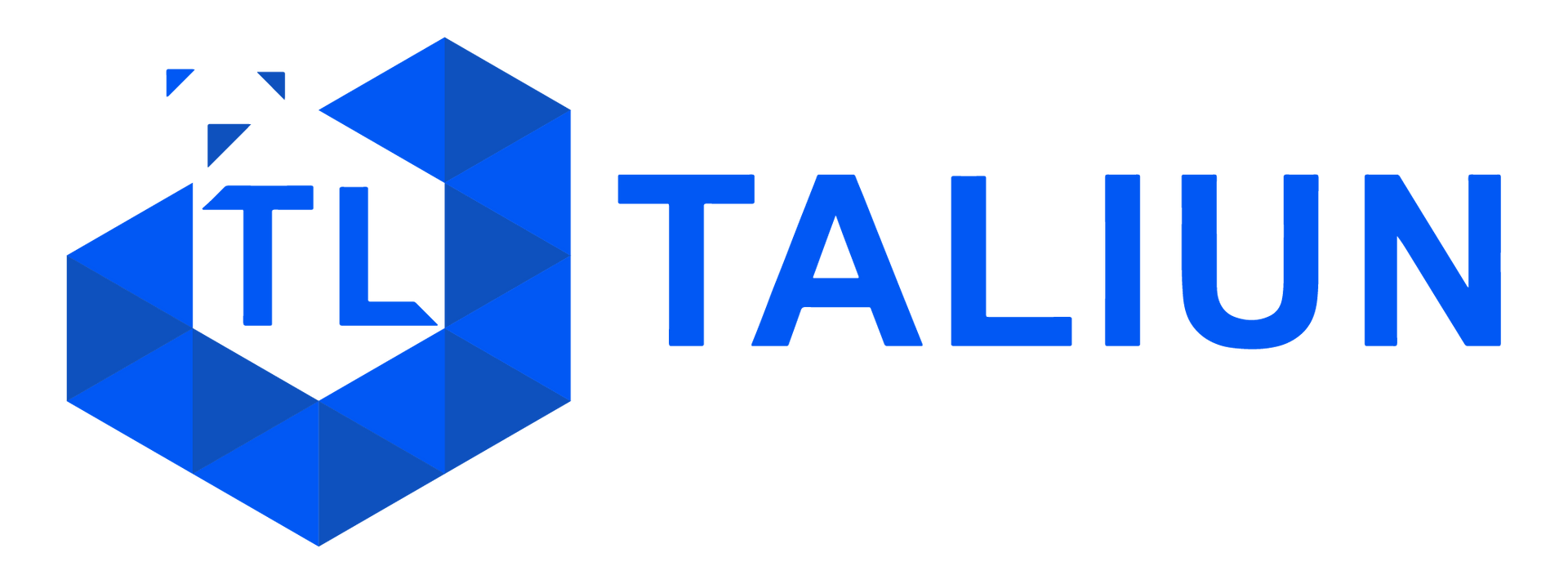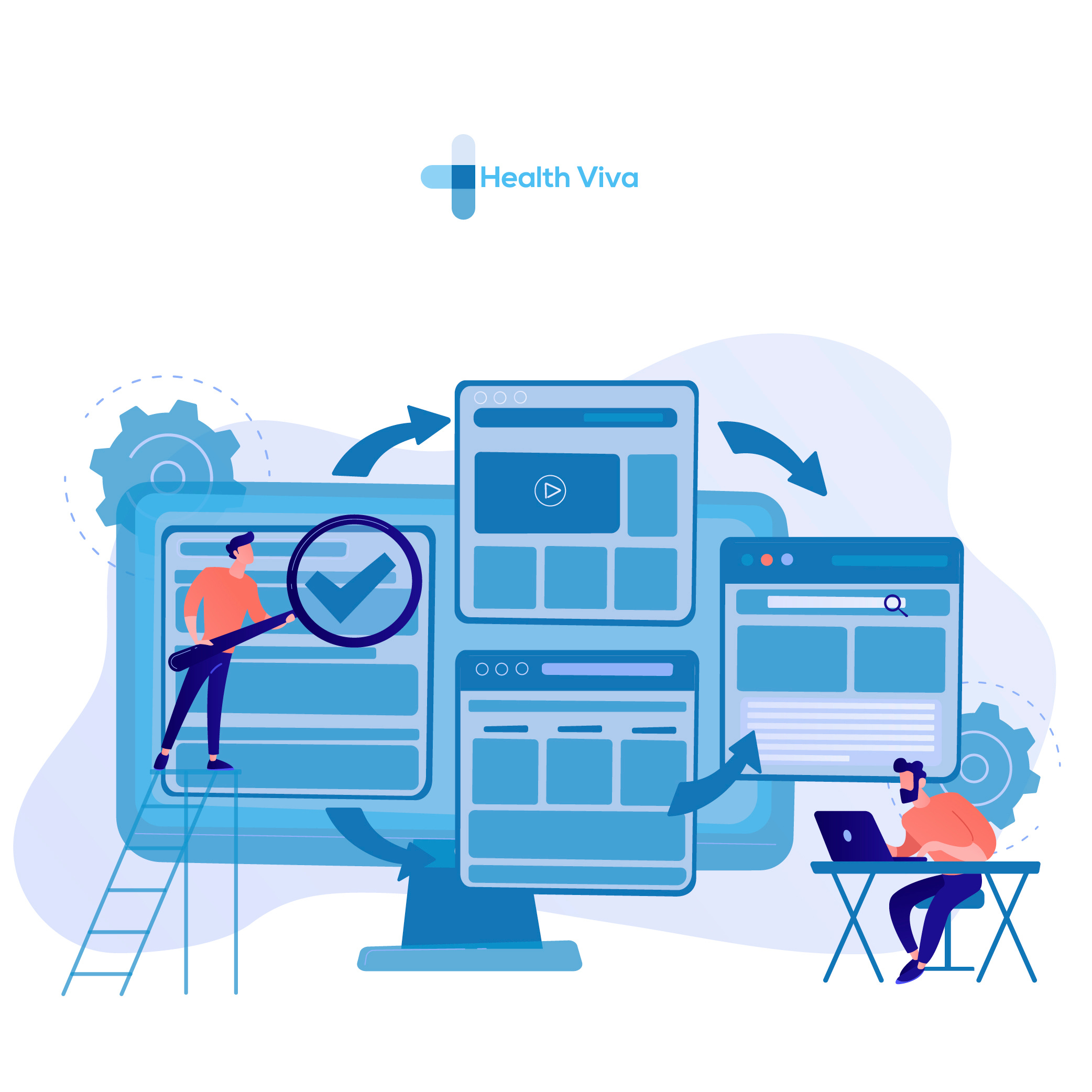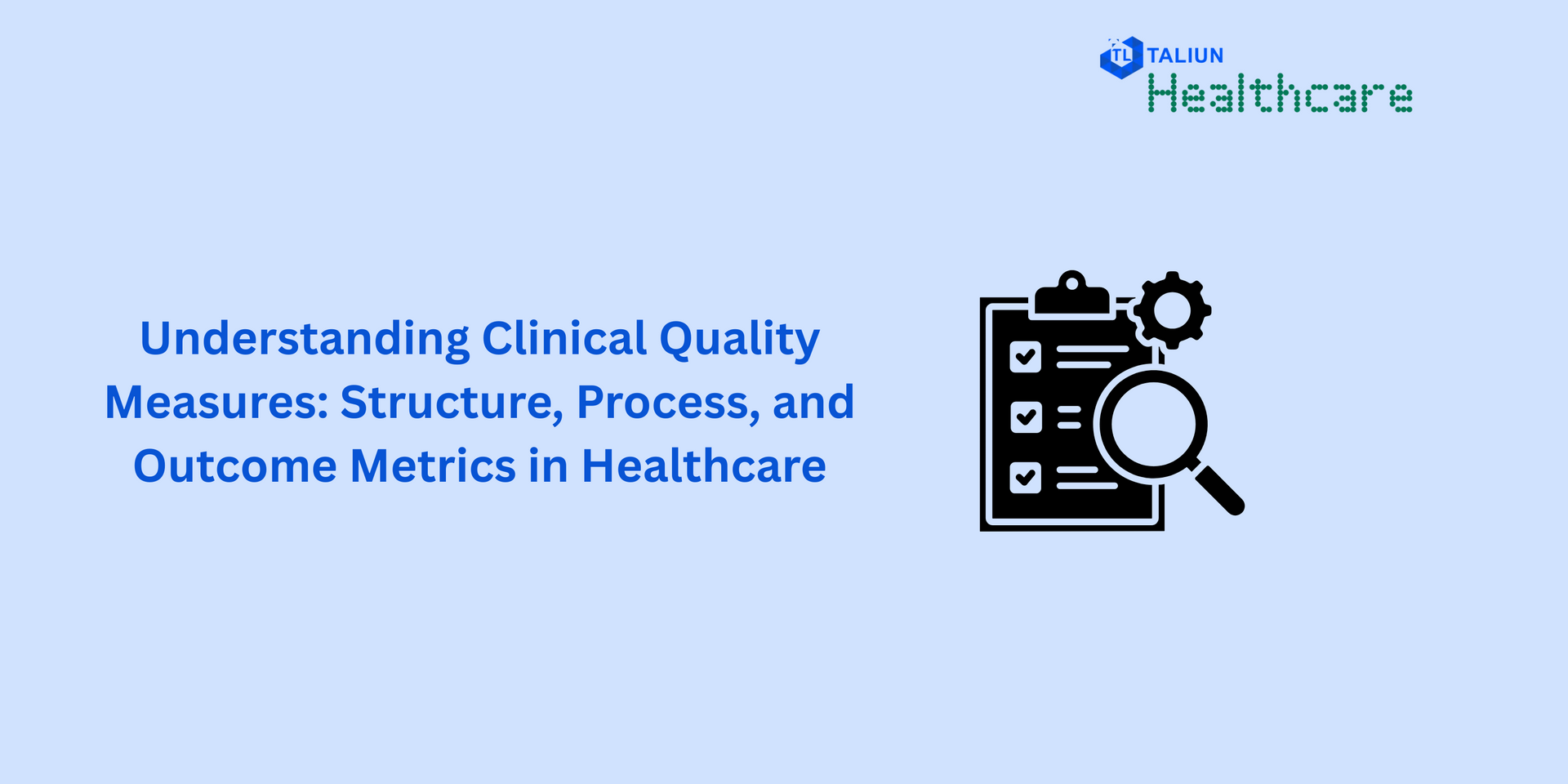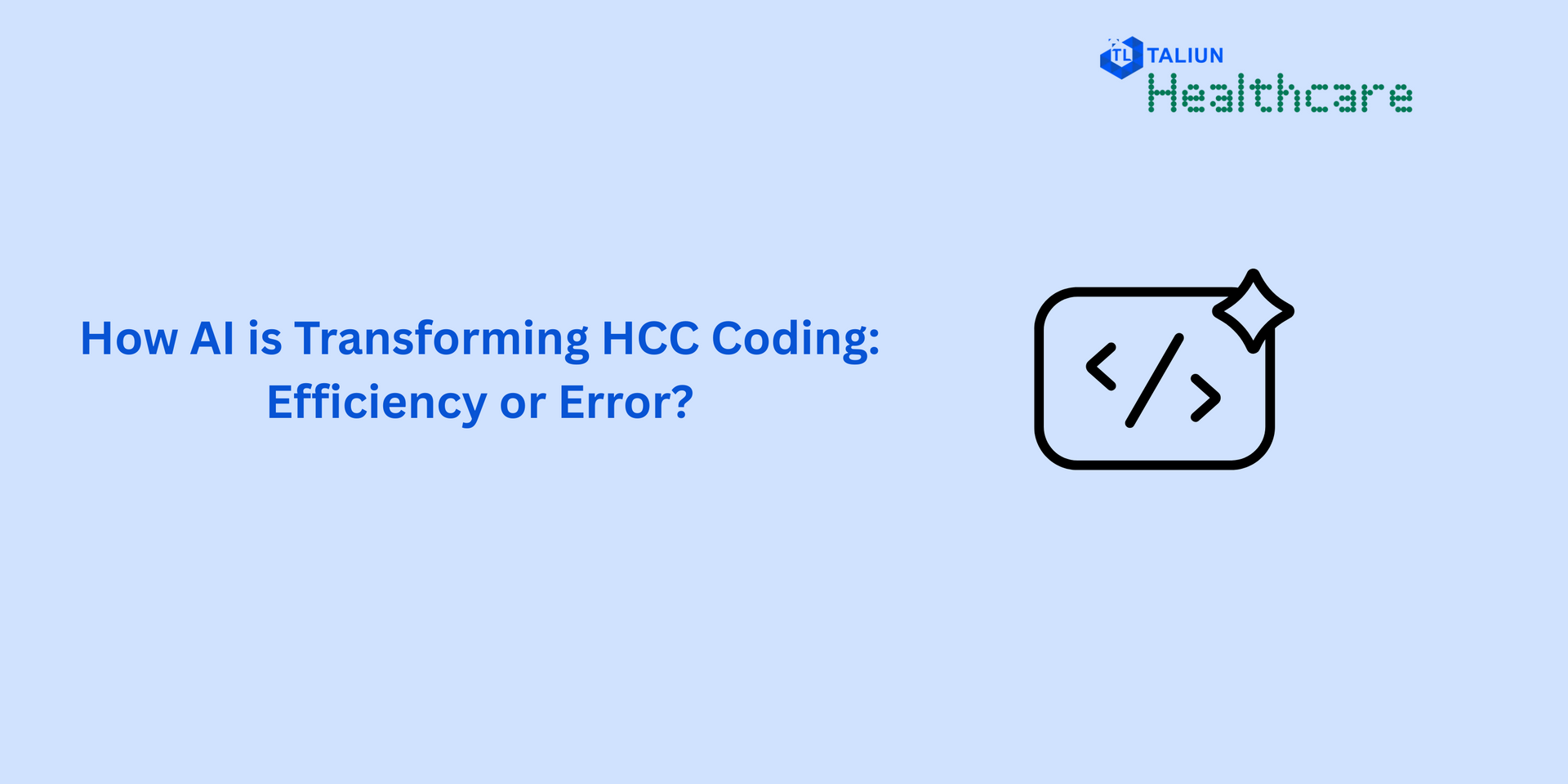Howdy!
We are back with a topic that is around things that needs to be considered for EHRs to avoid doctor’s burnout. As the adoption rate of technology in practices has increased many folds, one common problem was around over usage of EHRs which results in doctor’s burnout.
While moving from paper records to digital, has been one of the major drivers in last couple of decades, lot of EHR vendors has built the applications considering digitization first and then gradually ensuring the EHRs meet the regulatory requirements that came with HITECH act in 2009, adoption of Meaningful Use program requirements, which offered incentives to providers under Medicare and Medicaid programs. With the focus moving from digitization to increased workflow optimizations and decision making, EHRs undoubtedly also became the biggest source of physician burnouts.
Let’s look at some of the common ways a practice can decide adopting an EHR, keeping pace with the stakeholder’s interest and issues resulting in doctor’s burnout.
Optimizing notifications: An EHR is a system of record that stores lot of patient data and document securely, and then further provides way to easily retrieve and share the relevant patient information about the care.
- As the EHRs can have lot of notifications sending doctor’s way, it is important to understand what is absolutely needed and what can be sent to a nurse or to the support staff.
- The number of notifications and alerts that an EHR can bring up needs optimization as it directly overwhelms the receiving party. For Ex. EHR must avoid sending notification directly to doctor and instead send it to patient portals so that patient can bring them up on next visit.
- If there is a physician who has ordered a test with the lab, the EHR can send a summary to the same doctor, instead of all other supporting doctor’s who are associated with the department
- Similarly in case of referring physician, the report can go back to referring physician only when this is absolutely needed. For Ex. if there is an abnormal value that needs attention
Focus on patient care:
- An EHR must be built to support decision making around patient care and instead of just acting as a system of record
- If there are historical data set that are present, EHR shall allow pulling values from these data sets at point of care
- EHR must engage better with their patients, so that patients can share the timely information about their health progress
Adoption of Fundamental Infrastructure Features:
With EHRs collaborating with multiple systems, a physician must not sign in to each system every time and instead use features like single sign on and auto log off from multiple system when a physician signs in or sign out from any one system. Similarly, bunch of other system level features can be carefully implemented to ease out the time spent by physicians –
- System Idle timeouts can increase and should be configurable
- Over use of Multi Factor Authentication effects productivity
- System must log events in the background for IT teams to manage if there are any abnormal behavior
Automate as much as possible:
Write from auto filing patient data, to implementation of speech to text, an EHR must support building robust configuration features. One must also look at the existing clinical workflows and optimize them as much as possible to keep it simple. Optimizing clinical workflows will also ensure we reduce waste and use our clinical resources optimally.








